The relationship between humans and plants has evolved dramatically over the centuries, from purely functional agricultural connections to the modern trend of transforming our living spaces into thriving indoor jungles. There’s something deeply satisfying about surrounding yourself with vibrant greenery that filters your air, brightens your mood, and connects you to nature even when you’re indoors. Living with a mini jungle at home has become more than just a design choice—it’s a lifestyle that brings numerous benefits while also presenting unique challenges. Whether you’re a seasoned plant parent with dozens of leafy dependents or considering dipping your toes into the world of indoor gardening, understanding the realities of cohabiting with a diverse botanical collection can help you create a thriving ecosystem within your four walls.
The Psychological Benefits of Indoor Jungles
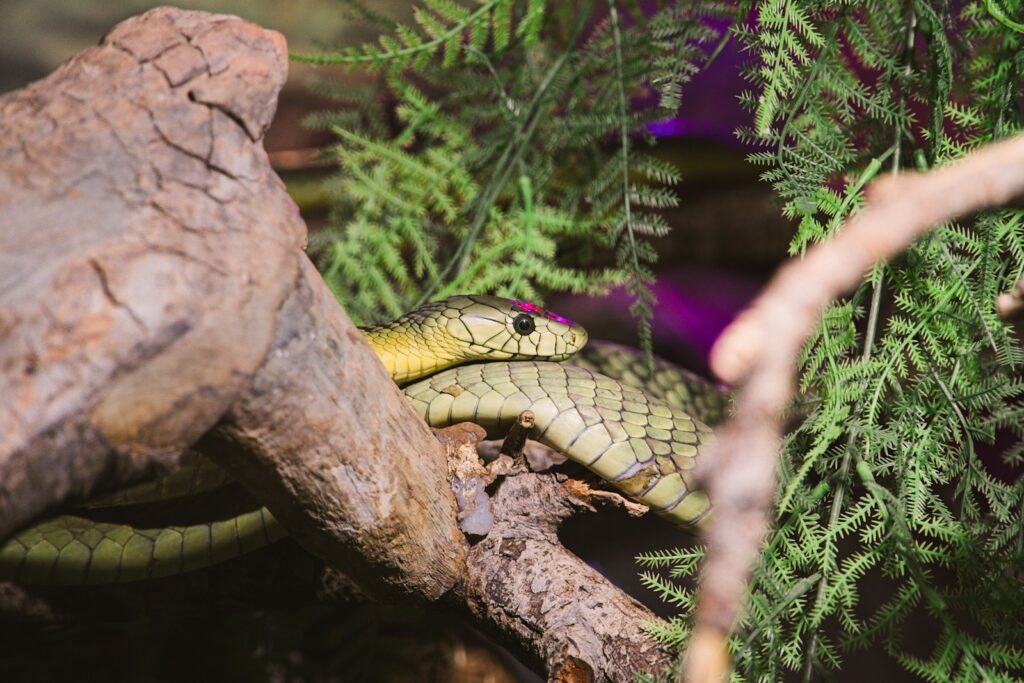
Living surrounded by plants creates a profound psychological impact that many plant enthusiasts describe as transformative. Studies have consistently shown that interaction with indoor plants can reduce stress levels, lower blood pressure, and improve concentration and productivity. The simple act of tending to plants provides a mindfulness practice that grounds you in the present moment, offering a respite from digital devices and the constant stream of information we face daily. Many plant parents report that morning or evening plant care routines become meditative rituals that bookend their days with calm, purposeful activity. Additionally, watching your plants grow and thrive creates a sense of accomplishment and connection to living things that satisfies our innate biophilia—the human tendency to seek connections with nature and other forms of life.
Creating Your Indoor Ecosystem

Establishing a home jungle requires thoughtful planning rather than randomly collecting plants that catch your eye. Successful indoor jungles begin with an assessment of your specific environmental conditions, considering factors like natural light availability, humidity levels, temperature fluctuations, and available space. Different areas of your home create microclimates that suit various plant species, from bright, sunny windowsills perfect for succulents to shadier corners where ferns might thrive. Rather than fighting these natural conditions, seasoned plant enthusiasts recommend working with them, selecting plants that will naturally flourish in each zone. Creating plant groupings can establish beneficial micro-climates where plants with similar needs help maintain humidity levels for each other, mimicking their natural growth patterns in the wild.
The Morning Routine of a Plant Parent
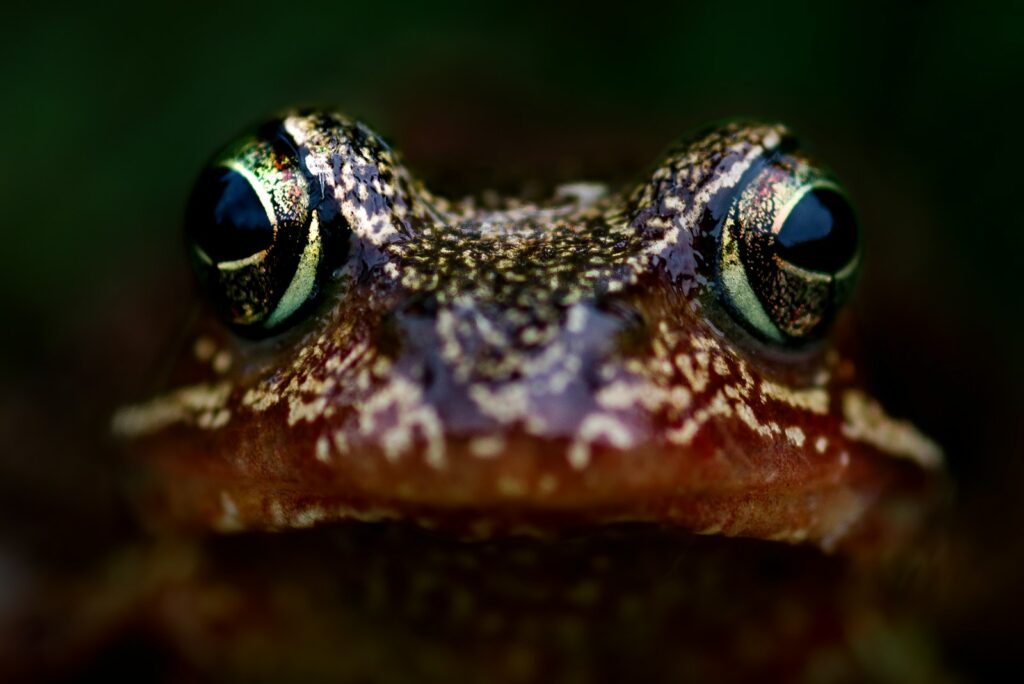
For dedicated indoor jungle keepers, mornings often begin with a meditative plant inspection ritual that connects them to their green companions before facing the day. This routine typically involves moving through the home, checking soil moisture with a finger test or moisture meter, observing new growth, and looking for any signs of stress or pest issues that need addressing. Many plant enthusiasts describe this morning check-in as a grounding practice that helps them start their day mindfully, often with coffee in hand as they mist tropical specimens or rotate plants to ensure even sunlight exposure. During the growing season, this daily check becomes increasingly important as plants actively put out new leaves, sometimes seemingly overnight, creating little moments of discovery and joy. The morning routine also includes practical tasks like emptying drainage dishes, trimming yellowed leaves, and making mental notes of which plants will need attention later in the day.
Air Purification and Environmental Benefits
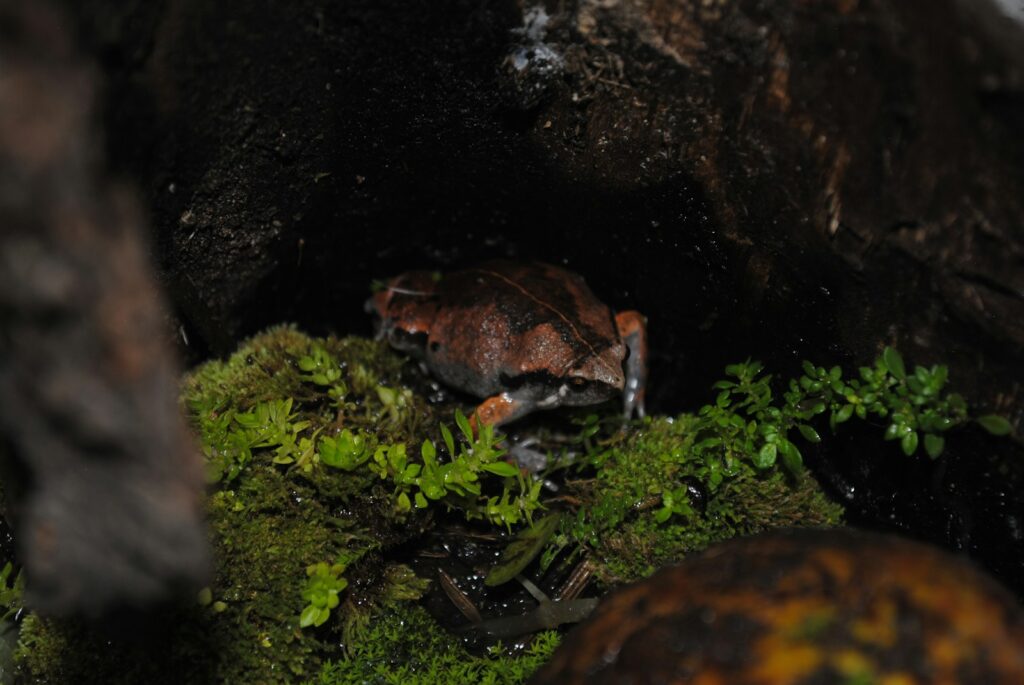
Indoor jungles serve as natural air purification systems, continuously working to improve your home’s air quality in ways that mechanical purifiers cannot fully replicate. Through photosynthesis, plants absorb carbon dioxide and release oxygen, while simultaneously filtering out volatile organic compounds (VOCs) like formaldehyde, benzene, and trichloroethylene that off-gas from household products and furniture. Different plant species excel at removing specific toxins—for instance, peace lilies excel at removing alcohols and acetone, while spider plants are champions at filtering formaldehyde. The transpiration process of plants also increases humidity levels naturally, which can reduce respiratory irritation and help maintain healthy skin, particularly beneficial during dry winter months or in arid climates. Many indoor jungle enthusiasts report fewer respiratory issues and allergy symptoms after establishing their plant collections, noting that the air feels noticeably “cleaner” and fresher in plant-filled rooms.
Challenges of Maintaining Humidity Levels
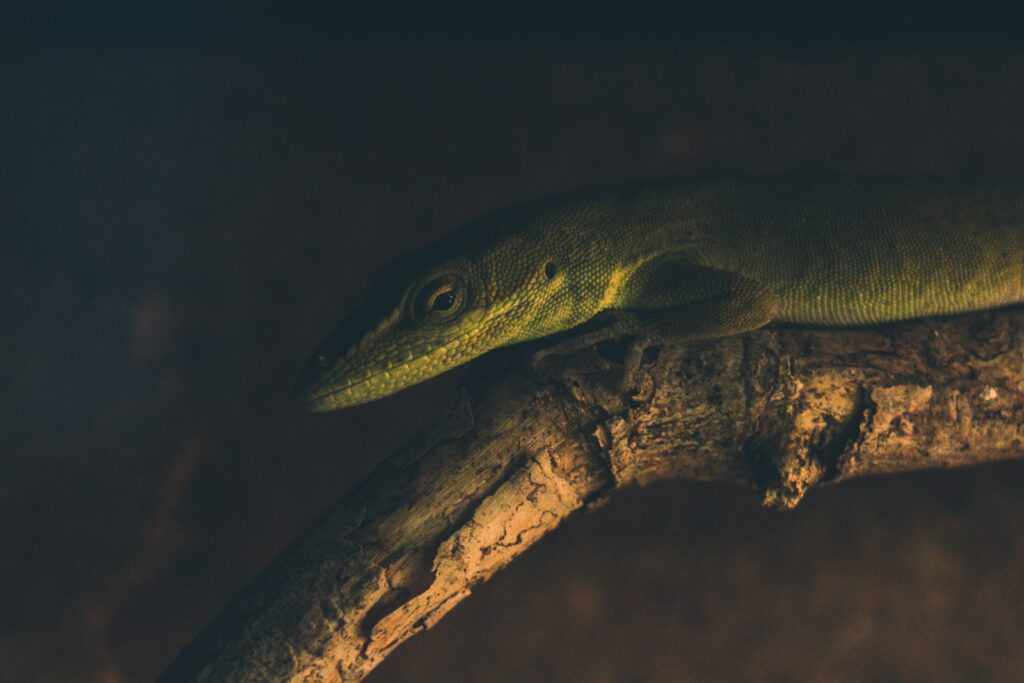
One of the most significant challenges for indoor jungle enthusiasts is maintaining appropriate humidity levels, especially when housing tropical plants that naturally grow in rainforest environments. Standard home humidity levels, particularly in homes with central heating or air conditioning, typically hover around 30-40%, while many popular houseplants like calatheas, monsteras, and ferns prefer 50-60% or higher. Dedicated plant parents often invest in humidifiers, create pebble trays filled with water beneath plants, or group moisture-loving varieties together to create humid microclimates through their collective transpiration. Some enthusiasts take more creative approaches, establishing plants in naturally humid areas like bathrooms or kitchens, or creating dramatic display solutions like glass terrariums or converted wardrobes that retain moisture. The humidity balancing act becomes particularly challenging during winter months when heating systems further dry indoor air, often requiring increased vigilance and supplemental humidification strategies to prevent crispy leaf edges and spider mite infestations.
The Never-Ending Battle Against Pests
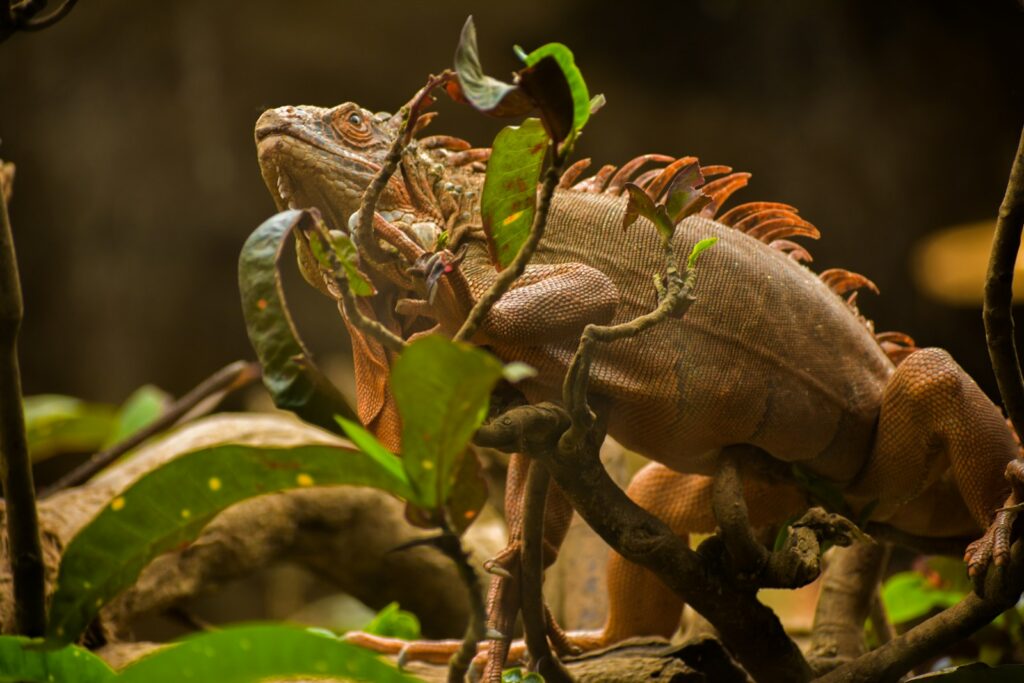
Living with an indoor jungle inevitably means accepting the occasional uninvited guest in the form of plant pests that can quickly spread through a collection without vigilant monitoring. Common invaders include spider mites, which thrive in dry conditions and create fine webbing on plant undersides; mealybugs, which appear as cottony white masses in leaf joints; and fungus gnats, whose larvae feed on organic matter in soil while adults buzz annoyingly around your face. Experienced plant parents develop keen observation skills, regularly inspecting new growth and leaf undersides while implementing preventative measures like regularly cleaning leaves and isolating new plants for observation periods before introducing them to the collection. Many jungle keepers prefer organic and non-toxic pest management solutions like neem oil, insecticidal soaps, or introducing beneficial predators like ladybugs rather than harsh chemicals that might harm pets or children. The pest management aspect of plant parenthood requires patience and persistence, as complete eradication often involves multiple treatment cycles timed to interrupt pest reproductive cycles.
Watering Wisdom and Disasters
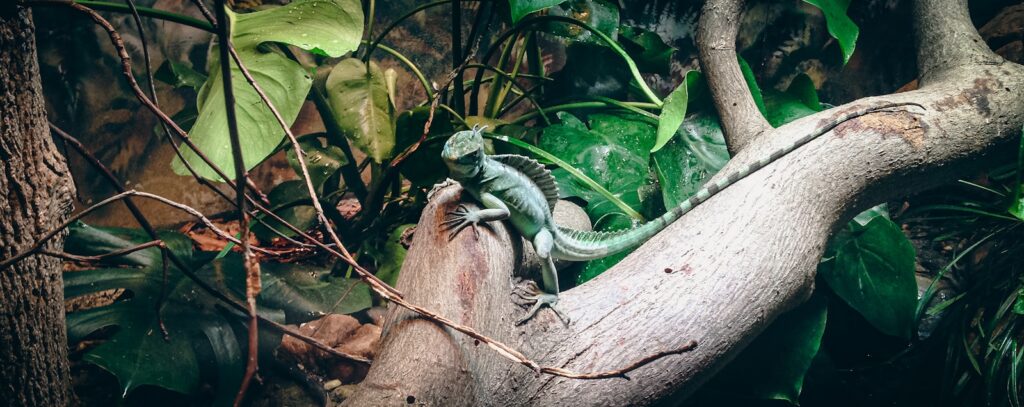
Perhaps no aspect of plant care creates more anxiety than watering, as finding the perfect balance between neglect and drowning presents a perpetual challenge for indoor jungle caretakers. Most houseplants suffer more from overwatering than underwatering, with root rot being a silent killer that often goes undetected until a plant suddenly collapses. Seasoned plant parents develop individualized watering schedules based on plant species, pot size, soil composition, seasonal growth patterns, and environmental conditions rather than adhering to rigid calendar-based approaches. Many adopt the practice of checking soil moisture by inserting a finger several inches deep before watering, investing in moisture meters, or learning to assess weight differences between dry and saturated pots. Spectacular watering disasters are practically a rite of passage in the plant community—stories abound of pots without drainage holes becoming stagnant swamps, watering cans accidentally knocked over onto electronics, or ceiling leaks developing from overzealous upstairs plant misting sessions gone awry.
The Economics of Plant Addiction
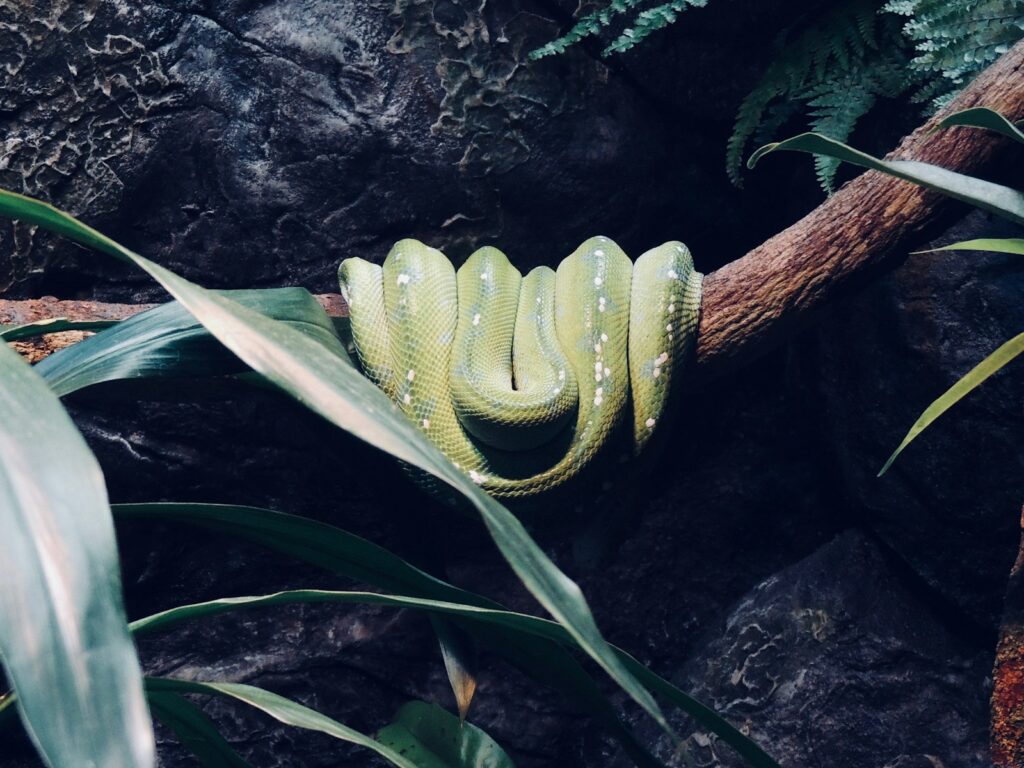
What often begins as a modest hobby with a single pothos or succulent can quickly evolve into a significant investment as plant enthusiasm grows into full-fledged plant addiction. Beyond the initial cost of the plants themselves, creating an optimal environment involves expenses for quality potting media, decorative containers, plant stands, grow lights, humidifiers, fertilizers, and an ever-expanding arsenal of plant care tools. The rare plant market has exploded in recent years, with variegated or unusual specimens commanding hundreds or even thousands of dollars for single cuttings or juvenile plants, creating a luxury collectibles market within the plant world. Many indoor jungle enthusiasts admit to hiding plant purchases from partners or roommates, developing complex justification systems for “just one more” addition, or reallocating funds from other budget categories to support their growing collections. Despite these costs, many plant parents view their collections as investments in wellbeing and home aesthetics that provide greater satisfaction and longer-lasting impact than other discretionary spending like restaurant meals or fast fashion.
Social Connections Through Plants
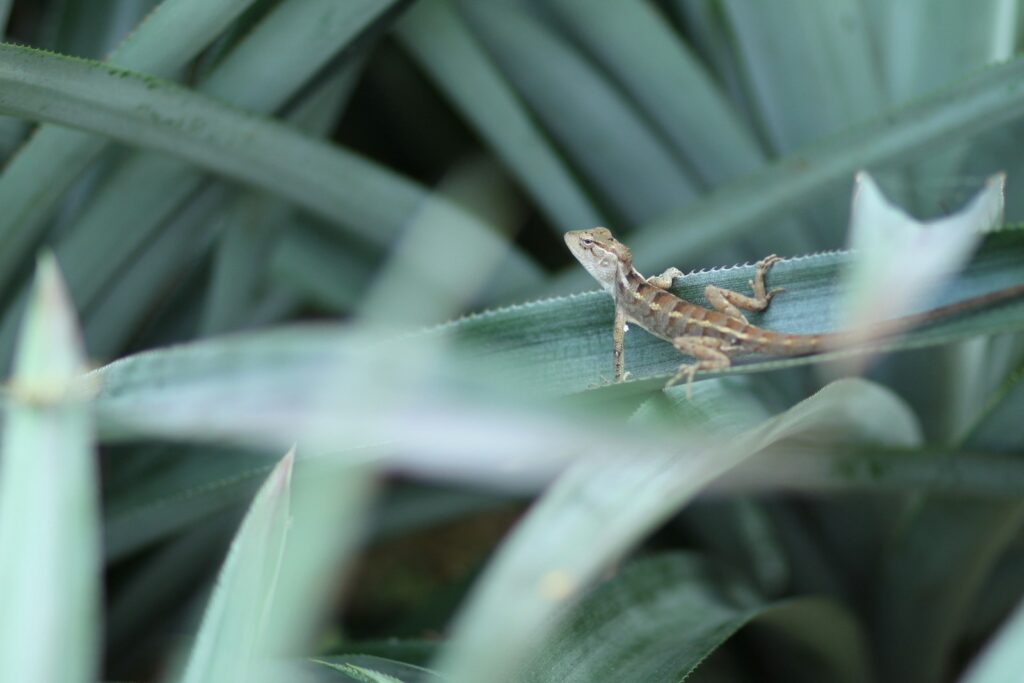
The indoor jungle lifestyle has created vibrant communities both online and offline, connecting people across geographical and demographic boundaries through shared plant enthusiasm. Local plant swap events have become popular social gatherings where attendees exchange cuttings, divided plants, or excess specimens while sharing care tips and commiserating over plant losses. Online plant communities thrive on social media platforms where members proudly post “family portraits” of their collections, seek identification help for mysterious nursery finds, or show off new growth with the enthusiasm parents might reserve for baby milestones. These communities often develop their own terminology and inside jokes, from referring to bringing home new plants as “adoptions” to the concept of “plant parenthood” itself, creating a sense of belonging and shared identity. For many, especially those who experienced isolation during pandemic lockdowns, plant communities provided crucial social connections and purpose when other social outlets were unavailable.
Space Management Challenges
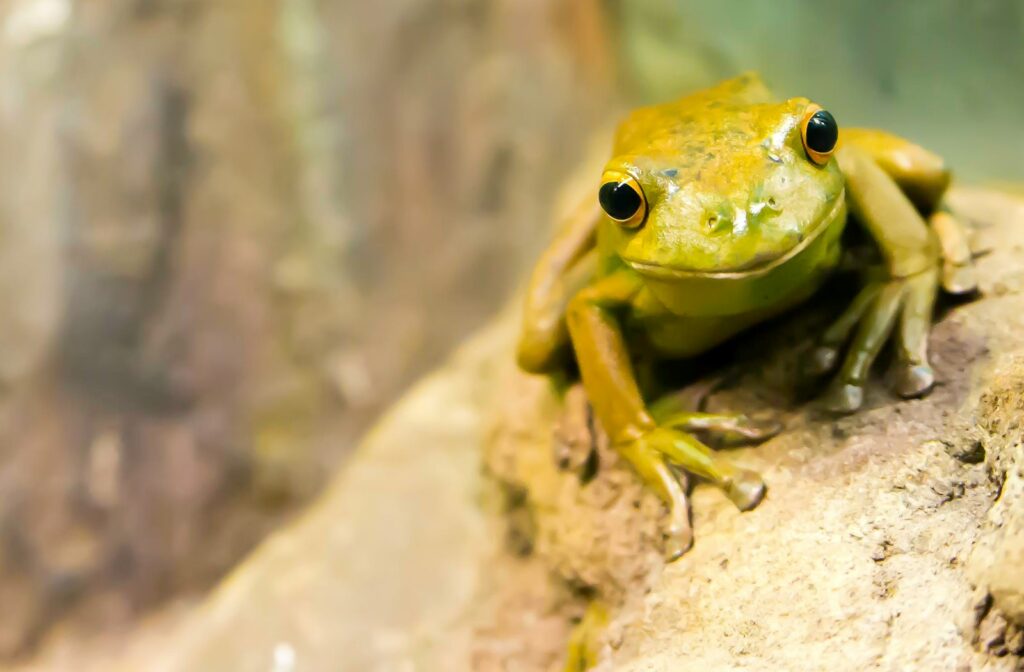
As collections grow, indoor jungle enthusiasts face the perpetual challenge of finding space for “just one more plant” within the constraints of their living environments. Windows quickly become premium real estate, with plant shelves, hanging systems, wall planters, and tension rods installed to maximize vertical growing space in the most light-advantaged locations. Furniture purchases begin to revolve around plant display potential rather than human comfort, with many plant enthusiasts selecting bookshelves, console tables, and even coffee tables based on their capacity to support plant collections. Seasonal light changes require strategic plant rotation systems, with elaborate plans for moving plants as the sun’s path shifts throughout the year. In extreme cases, some dedicated plant parents report converting spare bedrooms into dedicated plant rooms with specialized lighting and humidity control, relinquishing guest accommodations to their leafy dependents or installing glass greenhouse cabinets that occupy significant floor space.
The Emotional Connection to Plants
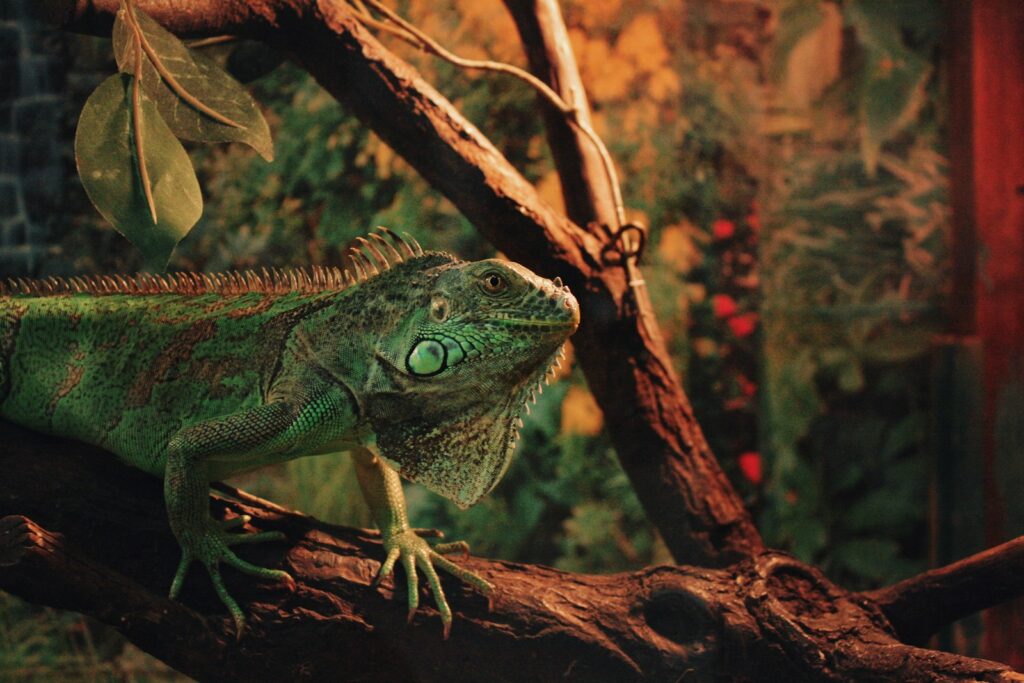
What might seem strange to non-plant people is the deep emotional attachment many indoor jungle keepers develop toward their botanical companions. Long-lived specimens often become family members of sorts, marking the passage of time as they grow alongside their caretakers through life milestones, moves, and relationship changes. Many plant enthusiasts can recount the histories of specific plants in their collections—the monstera cutting from a beloved grandmother, the peace lily that survived three apartment moves, or the finicky calathea that was nursed back from near-death. The loss of a long-tended plant can trigger genuine grief, particularly when it represented a significant investment of time, care, and emotional energy. This emotional connection extends to celebrating plant milestones like a first bloom, new leaf unfurling, or successful propagation, moments that bring disproportionate joy to dedicated plant parents who recognize the subtle signs of thriving in their green companions.
Balancing Plant Care with Daily Life
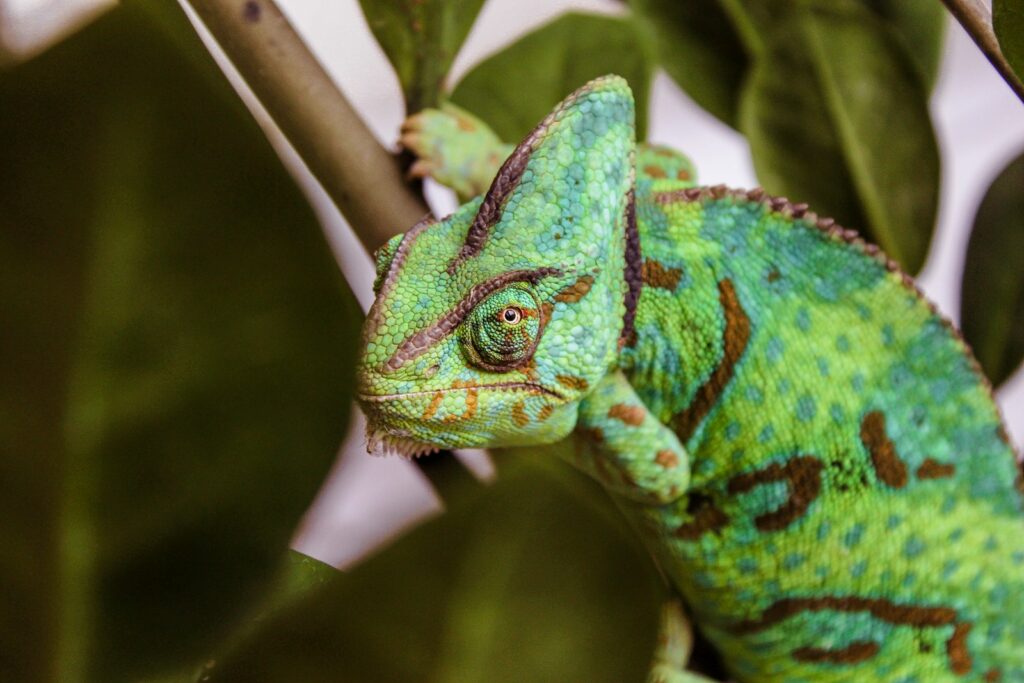
Maintaining an indoor jungle requires integrating plant care responsibilities into already busy lives, creating systems that prevent maintenance from becoming overwhelming. Successful plant parents often develop seasonal care rhythms, recognizing that plants require different attention levels throughout the year—more frequent watering and fertilizing during active growth periods and reduced care during dormant seasons. Travel presents particular challenges, with extended absences requiring careful planning through self-watering systems, timed grow lights, or recruiting reliable plant sitters who understand the specific needs of different species. Many dedicated plant enthusiasts admit to planning vacations around their plants’ needs, returning home to check on collections during longer trips, or selecting destinations based partly on how long plants can survive unattended. Finding this balance becomes an ongoing process of prioritization and compromise, where the joy of plant keeping must remain greater than the burden of their maintenance requirements.
The Therapeutic Process of Propagation
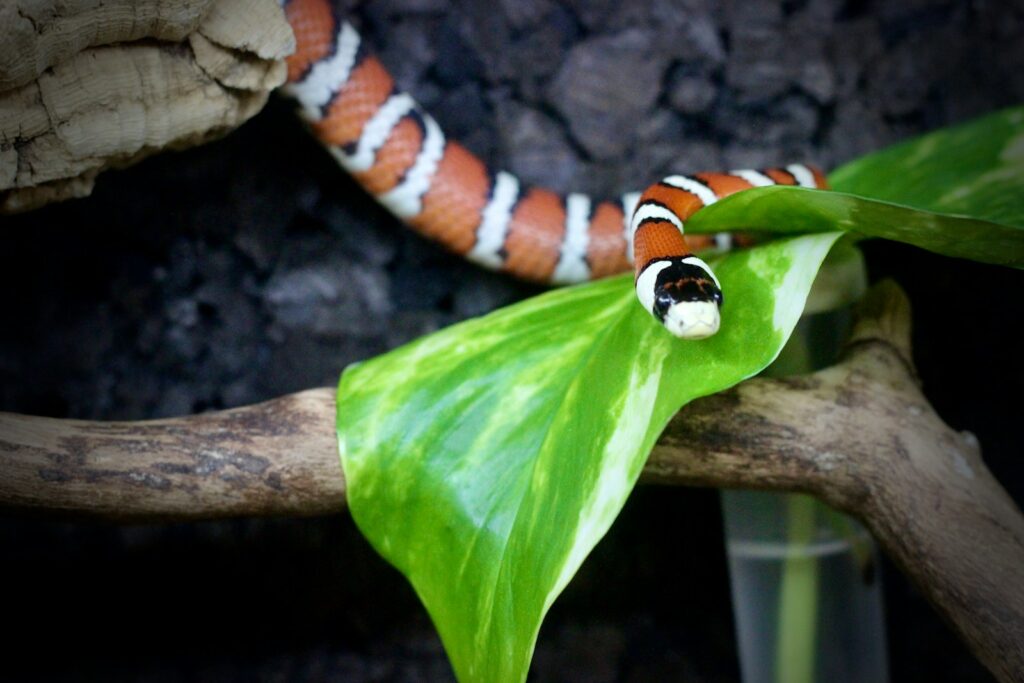
For many indoor jungle enthusiasts, propagation becomes one of the most rewarding aspects of plant parenthood, transforming a simple hobby into a creative and regenerative practice. The process of taking cuttings, dividing root systems, or harvesting seeds connects modern plant keepers to ancient horticultural traditions while providing a sense of abundance and generosity through sharing propagated plants with friends and community members. Watching roots develop in water propagation stations brings particular satisfaction, with many plant parents maintaining dedicated propagation areas with collections of cuttings in decorative vessels that become displays in their own right. Beyond the practical value of creating new plants without purchase, propagation offers profound psychological benefits through its cycles of growth and renewal, providing tangible evidence of nurturing capacity and patient care. Many find that propagation success builds confidence in their plant care abilities, encouraging experimentation with more challenging species or propagation methods as skills develop.
Living with a mini jungle transforms your relationship with your living space, creating a dynamic environment that responds, grows, and evolves alongside you. While the responsibilities of plant care might seem daunting initially, most indoor jungle enthusiasts find that the benefits—improved air quality, enhanced wellbeing, creative expression, and connection to natural cycles—far outweigh the challenges. As you develop your plant-keeping skills, your collection naturally evolves to suit your lifestyle, space constraints, and aesthetic preferences, becoming a living expression of your care and attention. Whether you’re nurturing a modest collection of three hardy specimens or managing a thriving indoor forest of rare botanical treasures, the journey of creating your personal ecosystem offers continuous learning, community connection, and the simple joy of bringing the outdoors in.

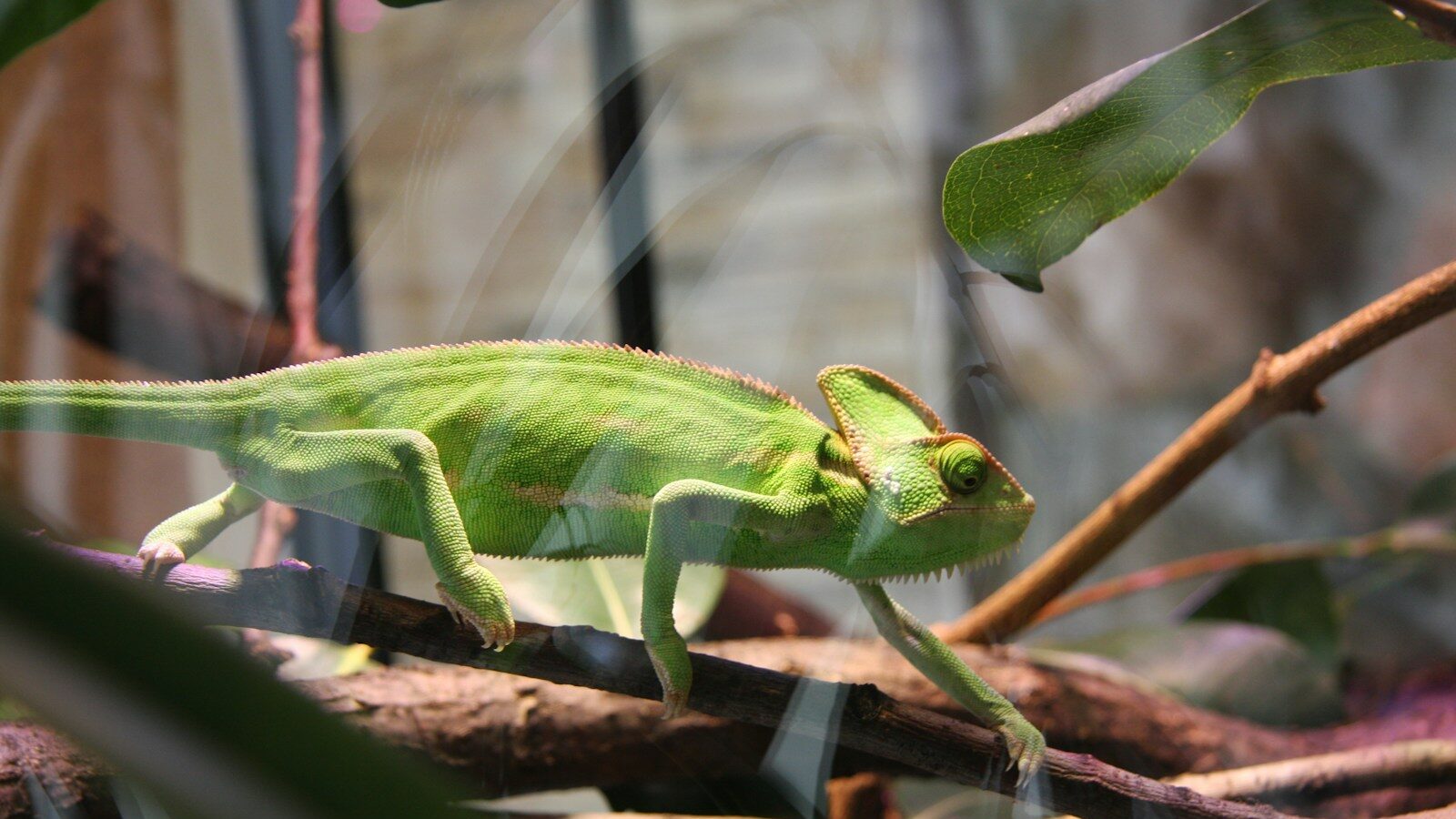
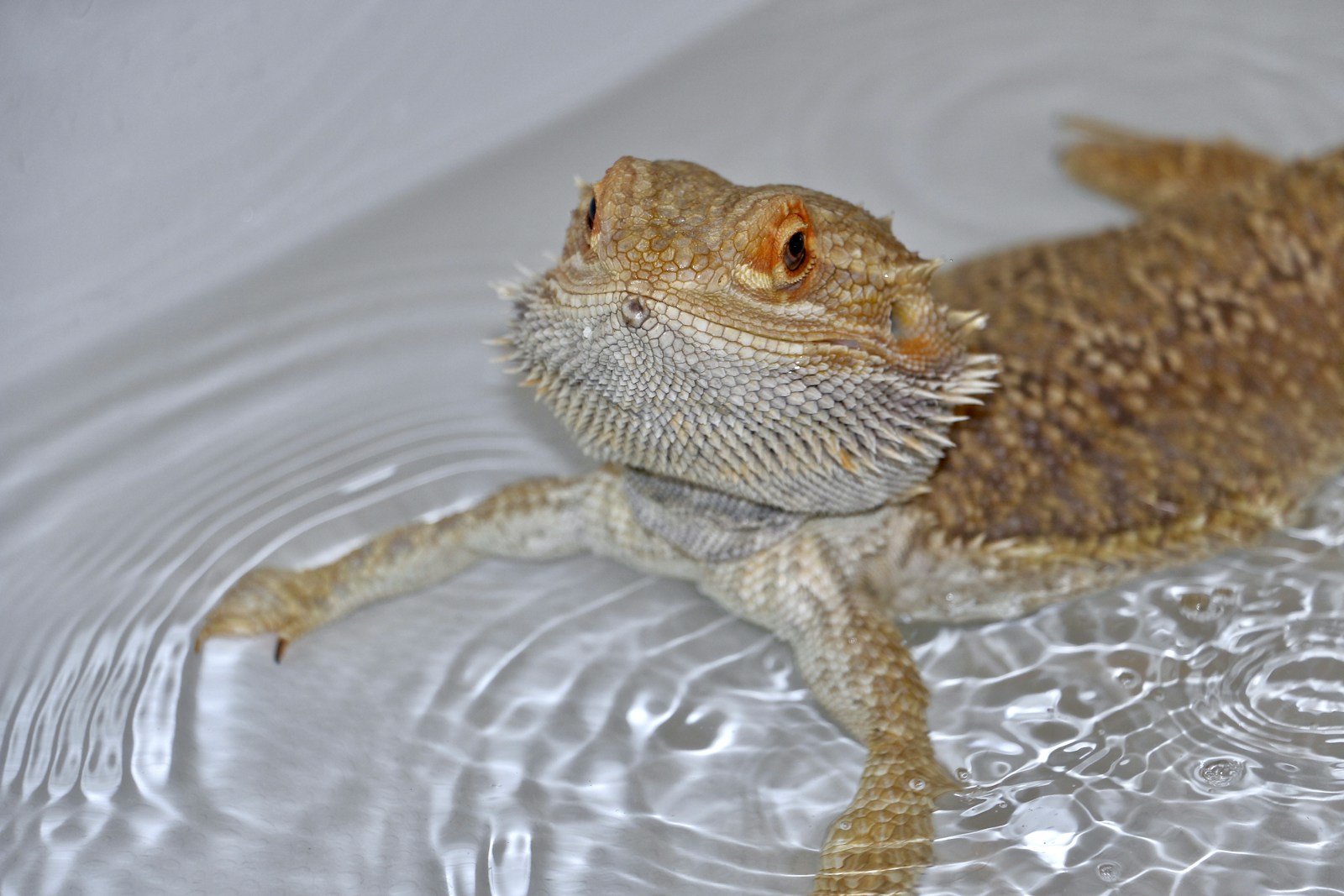

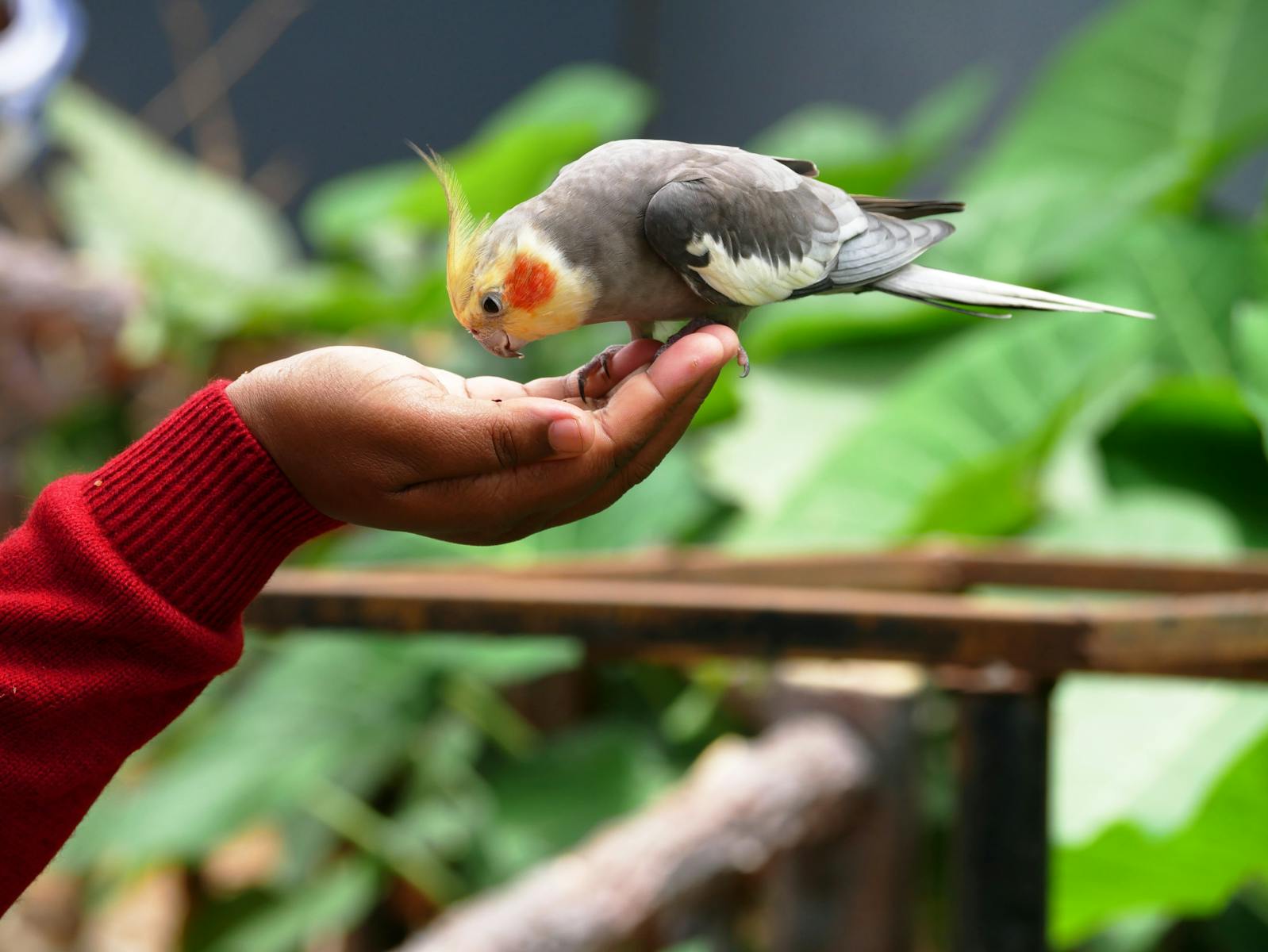

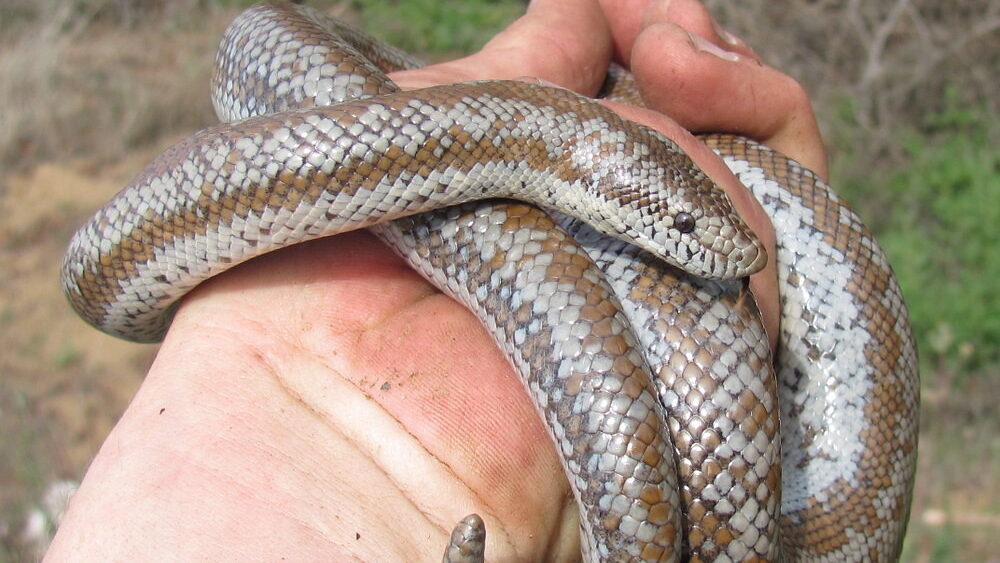


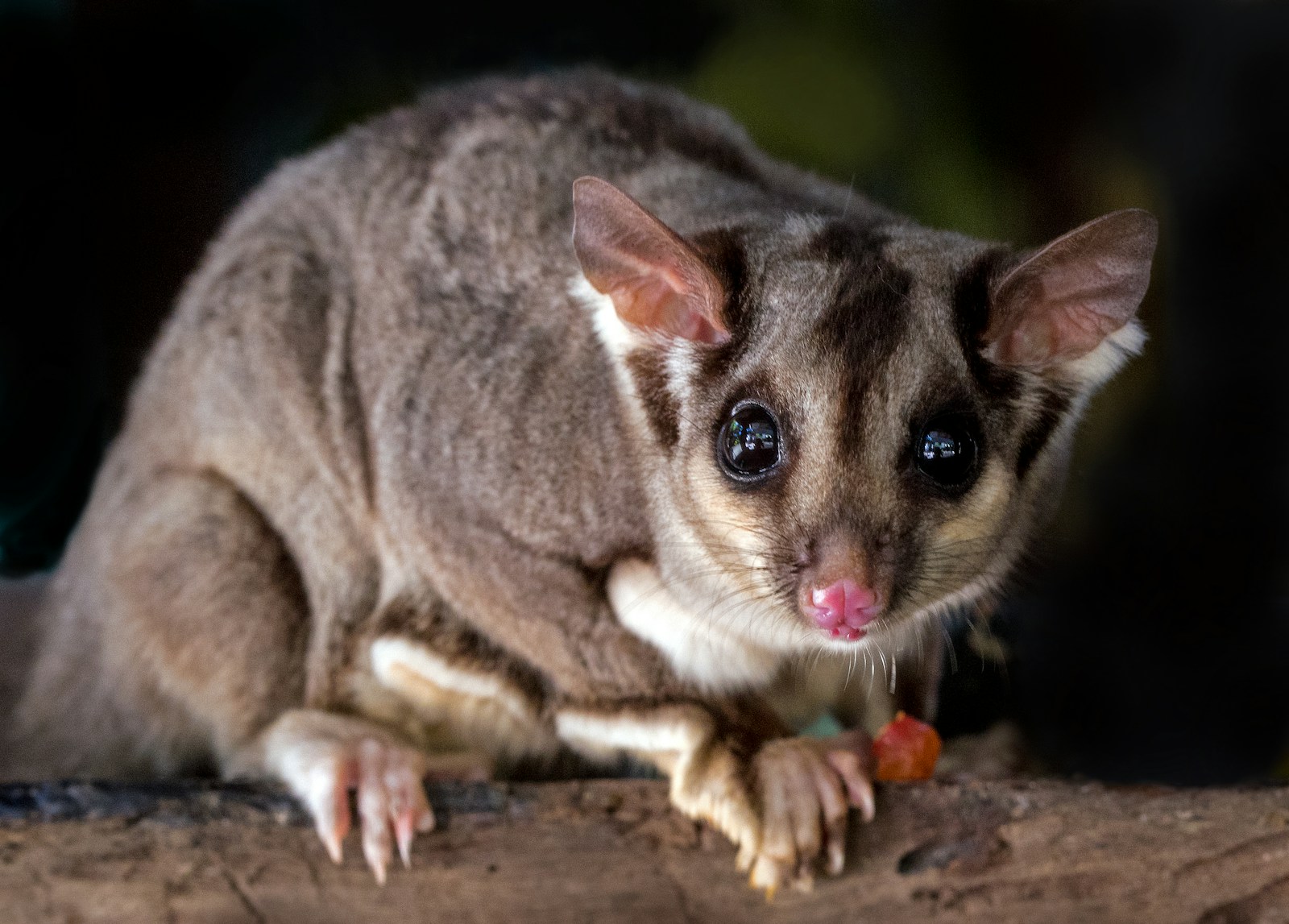
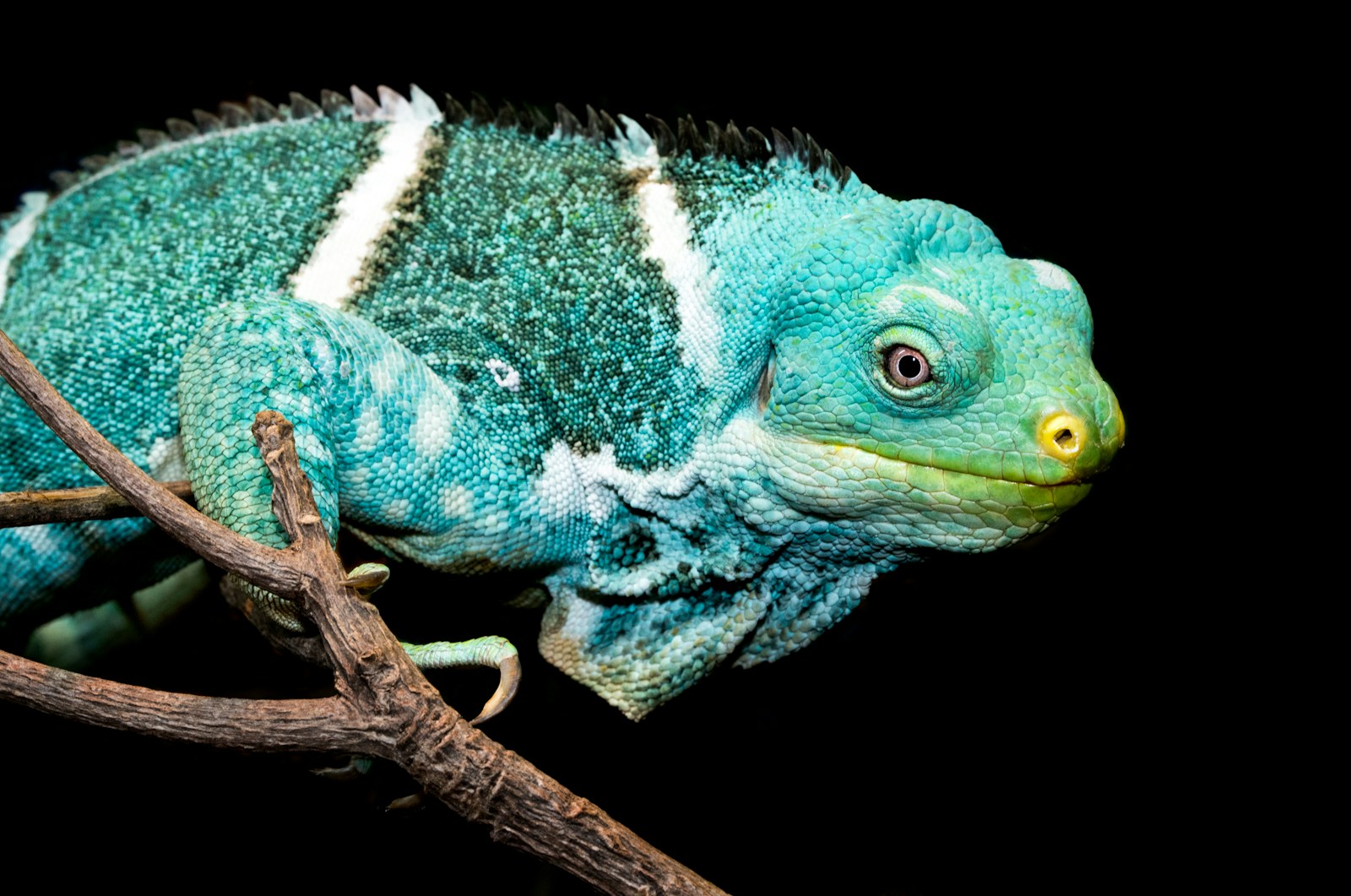
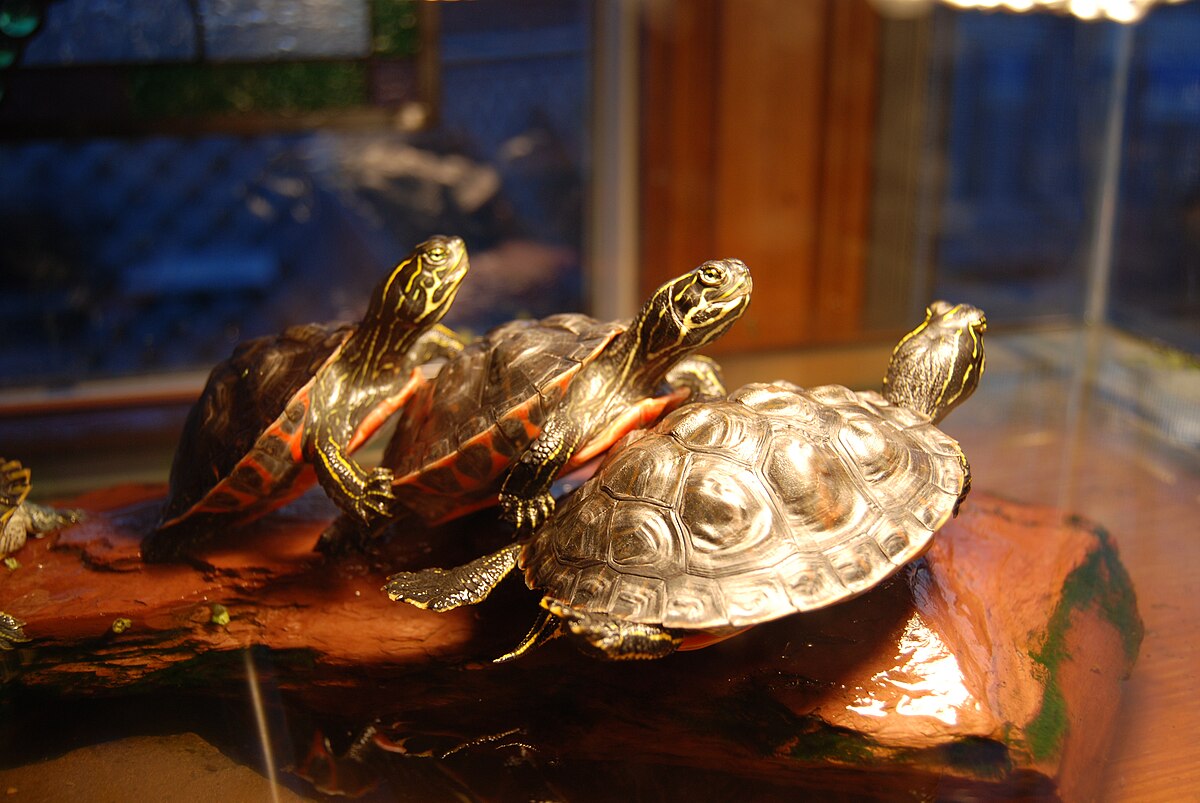




Leave a Reply